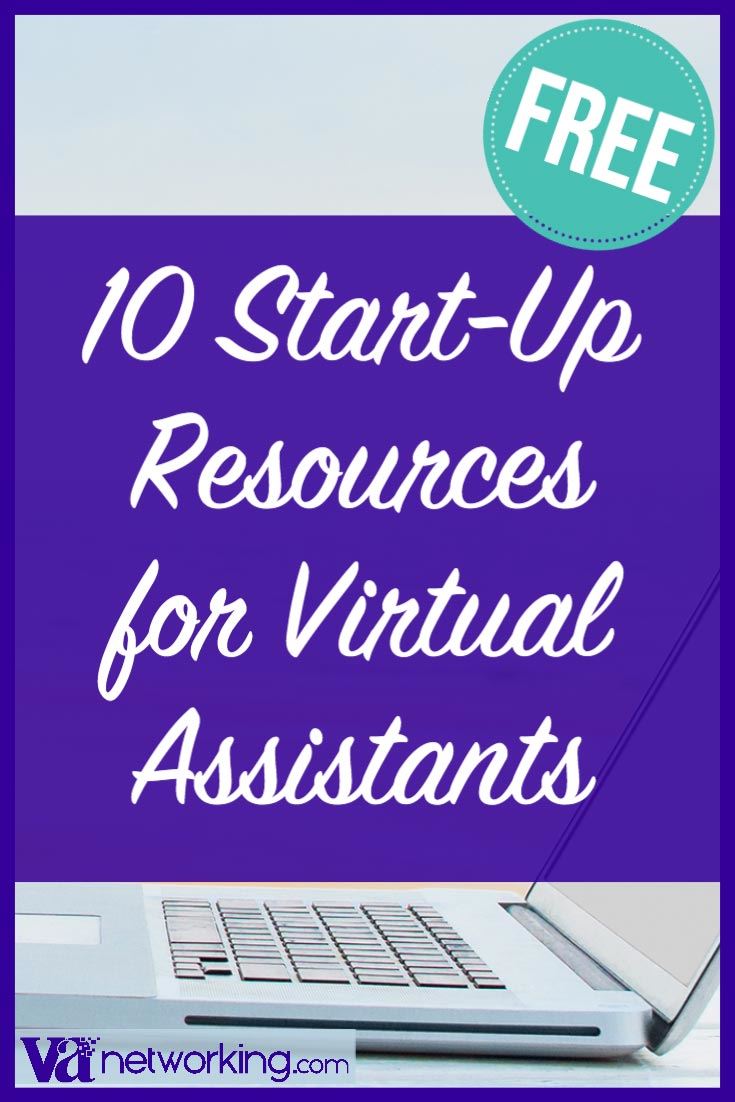Not long ago, Virtual Assistants offered phone, email and fax as their key tools for working with clients. Today, however, “working in the cloud” offers small business owners and their team members–outsourced or in-house–a dizzying array of online tools for collaborating, communicating and simply getting more done despite the miles that may lie between them. No longer are intranets the domain of big corporations who want to boost productivity through streamlined communications. Now any business of any size can access the power of the cloud; whether you’re a one man show outsourcing to a handful of people thousands of miles away or a growing enterprise trying to improve team building efforts amongst stakeholders far and wide, the cloud is yours for the taking.

- Easy to start using and keep using: short learning curve, decent load times, cross browser compatible, etc.
- Easy to get others to use: this includes clients or other team members for which the value should be obvious.
- Affordable: it doesn’t have to be free, but base line functionality should be within reach of the start-up or cash-tight biz.
- Provide good returns on time/energy/money spent: life should become easier and more productive.
To help you get your feet off the ground and business working more efficiently in the cloud, I’ve compiled a list of cloud computing and collaboration tools that stand out as my favorites:
Socialcast: This is like twitter for your company. If you don’t know what twitter is, it happens to be one of–if not THE–fastest growing social networking medium going today. As for Socialcast, the gist is that it permits you to communicate in real time with your colleagues but without all the distracting bells and whistles of a full blown intranet. To make sure you actually “talk” to your comrades often, there is a free desktop application as well. This should allow most busy bodies to reduce email clutter while keeping on top of the details amongst team members throughout the day. (And please do NOT use twitter to tell your colleague that you’re taking a pee break … save it for Socialcast or better yet, just save it.)
Basecamp: This is probably the most well-known online collaboration tool, and for good reason. The features are robust, yet the dashboard is very intuitive, making even the most tech-wary client feel comfortable enough to share files, post comments and stay in the mix. Moreover, Basecamp has an API (don’t ask) which means that cute little add-ons and desktop apps abound for the real propeller-head who wants added functionality or cross-compatibility without having to code a darned thing.
Speaking of cross-compatible cloud applications ….
FreshBooks: If you’ve ever gotten behind with your invoicing, or you’re tired of clicking through multiple applications just to get an invoice out the door, this one’s for you. Not only does Freshbooks create professional looking, branded invoices you can email to your clients with one mouse click, but you can “load” your account with stamps and snail mail those puppies as well. Yep, Freshbooks will mail your license to print money right to your client’s doorstep; you don’t even have to lick the stamp. Your accountant will also love you because your Quickbooks file will remain beautifully pristine (un-tampered with by you).
Freshbooks and Basecamp just happen to play nice together too. So you can track projects in Basecamp and have Freshbooks bill the client accordingly. Or, if you’re not using Basecamp, you can track hours right inside Freshbooks and then turn those hours into an invoice. You really have no excuse for poor accounts receivable turnover now, do you?
Smartsheet: This is a great tracking system for left brain, Type A peeps who think in lists and to-dos. And I admit, while I have used Basecamp off and on for years, I am giving Smartsheet the college try. Everything is tracked in spreadsheets you can format with any one of the useful templates housed in the Smartsheet “Template Library.” What makes this otherwise listy little app like a real database, however, is the functionality housed within each sheet. For example, you can “attach” a discussion or a file or even a reminder to a specific row of your sheet. Think of rows like your to-dos and columns as ways to track the status or details of those tasks. Moreover, you can tweak the templates in all kinds of interesting ways, such as adding a list of choices to a dropdown menu within a column, without knowing a lick of Excel.
TimeDriver: This simple online appointment scheduler lets clients and other peeps who want a piece of you book appointments through a self help type of interface. All you–or your VA–have to do is point people to the URL dedicated to your timedriver calendar online. The system even accounts for time zone differences so you don’t have to. Additional features include the ability to create different types of appointments (each with a unique URL), welcome screen customization, and integration with Google Calendar or Outlook. My engagement rate with this one is almost 100%. It’s that user friendly.
Dropbox: Need somewhere to temporarily store a few files? Want to move files between two computers without using a USB key? Or maybe you want to send a ginormous file to your Virtual Assistant but email just isn’t going to work. Enter Dropbox. Create an account. Download the desktop application (for Mac, Windows or Linux). Drag and drop files at your leisure. Log in and share a few. Enjoy 2 Gigabytes of free space before you have to pay a dime. You even get additional storage space just for getting your mates to sign up. Buh-bye USB key. Hello cloud.
Google Docs: A discussion on cloud computing wouldn’t be complete without mentioning Google Docs, and Google Calendar while I’m at it. Everything goes into my Google calendar which I can easily share with my Virtual Assistant or anyone else I choose. Google Docs is like a mini office suite for people on the go. Create a spreadsheet or “Word” document and easily share it to others on your team. They can view the file online, make changes or edits, save their work all without going near their hard drive (or Microsoft Office). It’s all free. It’s all easy to use. It’s all good.
Bonus Tip: Have your VA check your Outlook or Google calendar weekly to ensure appropriate times are blocked off in your timedriver account. This will ensure you don’t book a client call when you really should be wearing a paper gown at the doctor’s office. Yikes!
Sigh. So many wonderful ways to work in the cloud. So little time. Oh wait, if you choose the right tools–such as some of the ones I’ve listed here–you might buy yourself some extra minutes to sit back and enjoy the fruits of your labor productive prowess.
Happy cloud computing!








Thanks for the breakdown, Karri! Although I already use Basecamp, GoogleDocs and Freshbooks, it’s great to get some firsthand feedback on the others, especially Socialcast and Smartsheet. As for Dropbox, I will be using it in the near (very near) future! Thanks again for another great post!
You’re welcome Paula 🙂
I have to add something! I CANNOT BELIEVE I failed to mention http://MeetingWizard.com. If you are trying to schedule multiple peeps to attend a single conference call or meeting of any kind, stop being the go-between! Meeting Wizard literally figures it all out for you.
Just sayin’
Happy collaborating!
I used to have a basecamp account untill the number of my projects grew to 30+… So I turned to Wrike. I read a case study on their site, about a guy who tried to manage about 50 projects in basecamp and failed. I felt like I he was telling me my story. Another thing that’s cool about wrike is that it charges per user, not per project. Perfect soluton for my team of 3.
If you work solo then you might consider Time59 (www.time59.com) for your billing. It does time and expense tracking, online invoicing, accounts receivable and more. And it’s only $49.95 per year for unlimited use.
I also used Basecamp. I am now using Microsoft Live with Microsoft Sync. This way I create a group for my colleges to load docs and everytime one of those docs is updated the file syncs with everyone’s individual file on their computer. It also has a great calendar feature and of course Live Meeting. I tried Google docs and loaded and Excel file that had html links and all the links were changed… frustrating.
I’m a beginner and find all this information pure gold. Having you all try all these tools and commenting on them is incredible. Thank you all. I sincerely hope my project will be needing these tools in the very near future !
Isn’t it just amazing how much has developed since we first became acquainted with the idea of being virtual assistants and VAnetworking.com. The “Cloud” helps make the prospect of working virtually make sense to more and more business people.